Chandratal Lake
Published on April 03, 2025
Nestled in the majestic embrace of the Himalayas at an elevation of approximately 4,300 meters (14,108 feet) above sea level, Chandratal Lake stands as a breathtaking testament to nature's artistic prowess in the Spiti Valley region of Himachal Pradesh. This crescent-shaped alpine lake, whose name translates to "Moon Lake" due to its distinctive shape and ethereal glow under moonlight, serves as both a sacred pilgrimage site and a premier destination for adventure enthusiasts seeking solace in pristine wilderness. The lake's unique geographical positioning creates a microclimate that supports diverse ecosystems while offering spectacular views of surrounding peaks, including Baralacha La Pass and Kunzum Pass.
Chandratal's historical significance traces back centuries through local folklore and documented records, with ancient texts mentioning it as a revered site for spiritual seekers and traders along the historic Silk Route. During the colonial era, British surveyors documented its remarkable features, noting how the lake's crystal-clear waters perfectly mirror the surrounding snow-capped mountains, creating optical illusions that have captivated visitors for generations. Today, the lake maintains its importance as both a natural wonder and a crucial water source for local communities while serving as a gateway to some of the most challenging trekking routes in the Indian Himalayas.
The area surrounding Chandratal commands attention for its remarkable biodiversity and scenic beauty. Alpine meadows carpeted with wildflowers during summer months give way to stark, otherworldly landscapes in winter, when the lake freezes completely, transforming into a natural skating rink. The lake's turquoise waters, surrounded by barren mountain slopes, create a striking contrast that has earned it recognition as one of India's most photogenic high-altitude lakes. Seasonal transformations paint the landscape in varying hues, from spring's vibrant blooms to autumn's golden grasslands, making each visit a unique experience.

This comprehensive guide aims to illuminate the multifaceted nature of Chandratal Lake, exploring its geological origins, ecological significance, and contemporary relevance. Through detailed examination of its physical characteristics, cultural heritage, and modern developments, we will provide readers with a deeper understanding of what makes Chandratal truly special – its ability to preserve ancient spiritual traditions while embracing sustainable tourism, its commitment to maintaining ecological balance while supporting local communities, and its role as both a natural sanctuary and a haven for those seeking authentic Himalayan experiences. Whether you're planning a visit or simply curious about this remarkable alpine lake, this guide will serve as your comprehensive companion to discovering the magic of Chandratal.
Historical Significance: Chandratal's Cultural Heritage and Evolution
The historical narrative of Chandratal Lake unfolds across millennia, beginning with its emergence as a sacred site in ancient Himalayan mythology. According to local legends documented in 15th-century Tibetan texts, the lake was formed when the moon goddess Chandra descended to earth, her tears creating the crescent-shaped body of water that bears her name. Archaeological evidence suggests human presence around the lake dating back to the Neolithic period, with stone tools and ancient prayer flags discovered near its shores indicating early settlements engaged in seasonal migration patterns. During the 9th century, Chandratal became a crucial stopover for Buddhist pilgrims traveling between Tibet and India, leaving behind rock-cut inscriptions and ancient stupas that bear testament to its spiritual significance.
The medieval period witnessed Chandratal transforming into a strategic point along the ancient Silk Route, facilitating trade between Central Asia and the Indian subcontinent. The Rajput rulers of Lahaul-Spiti utilized the lake's surroundings as both a defensive position and supply line, constructing rudimentary fortifications at key vantage points. These structures, though now largely in ruins, demonstrate sophisticated understanding of mountain warfare and logistics. The Mughal Empire's expansion into the Himalayan foothills further enhanced the lake's importance, with Akbar's forces establishing permanent outposts to control trade and taxation along this crucial route.
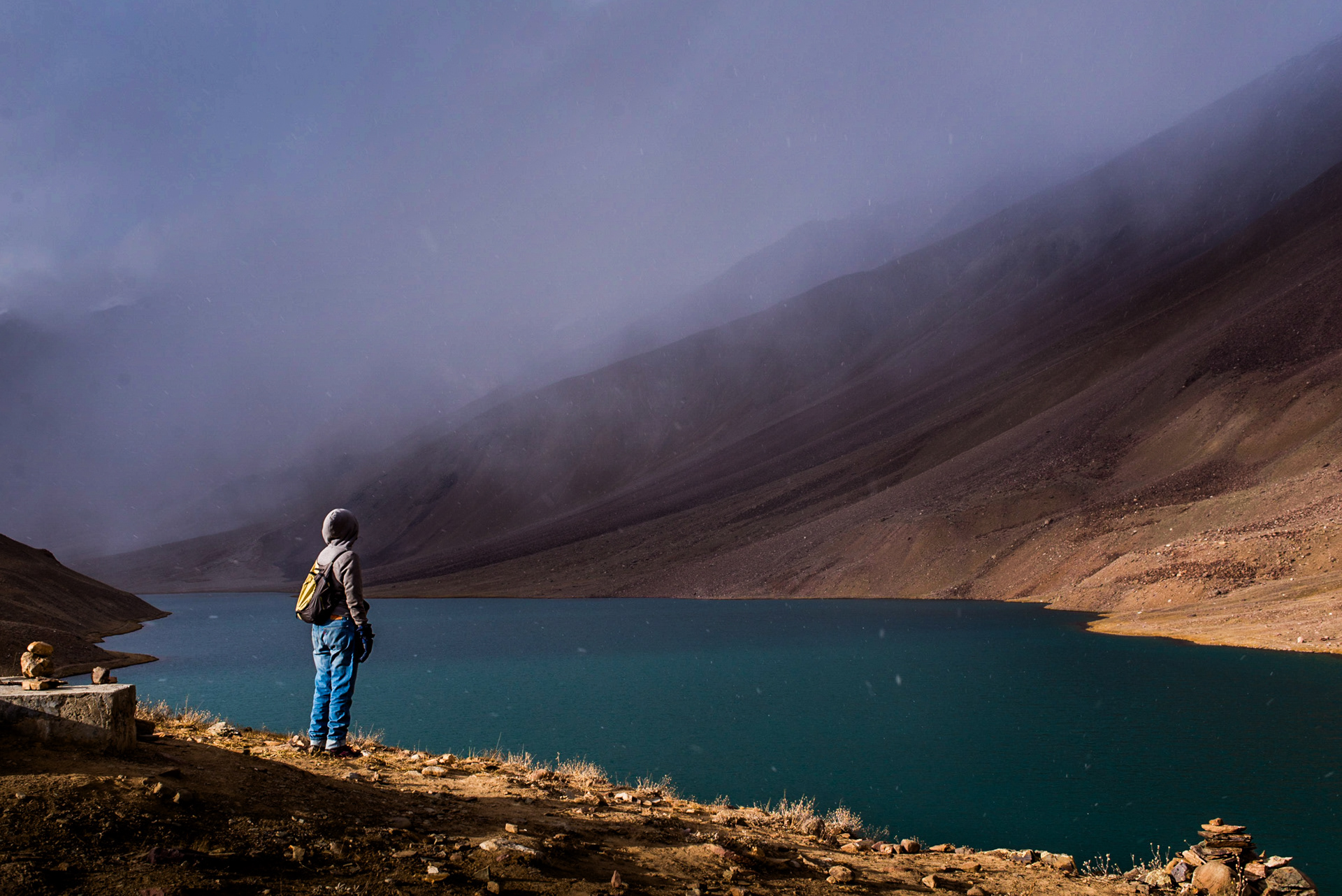
Colonial documentation provides valuable insights into Chandratal's development during the British Raj. Detailed surveys conducted in the late 19th century reveal how the British administration systematically mapped the lake's surroundings, documenting its unique geological formations and hydrological patterns. The famous "Chandratal Survey Logs" maintained by colonial officials document weather patterns, wildlife observations, and social interactions with local communities, offering invaluable historical records of the region's evolution. These documents also highlight how the lake served as a crucial water source for caravans traversing the treacherous Kunzum Pass.
Architectural development around Chandratal reflects the region's rich cultural synthesis, particularly evident in its distinctive blend of traditional Himalayan and Buddhist influences. Ancient chortens and prayer wheels scattered along the lake's perimeter showcase intricate stone masonry techniques that have been passed down through generations. These religious structures were strategically positioned to align with lunar cycles and celestial movements, demonstrating ancient builders' deep understanding of astronomical phenomena. During the colonial era, British-style rest houses and administrative buildings were constructed using local materials and traditional techniques, creating a unique architectural fusion that continues to define the lake's visual identity.
Cultural evolution at Chandratal has been marked by the peaceful coexistence of various religious and ethnic communities. The annual Chandratal Festival, celebrated since the 17th century, exemplifies this cultural synthesis through its combination of Hindu rituals, Buddhist ceremonies, and local folk traditions. Ancient customs related to transhumance and mountain agriculture continue to be practiced alongside more recent religious observances, creating a rich tapestry of cultural expressions that adapt to changing times while maintaining their essential character. The preservation of traditional knowledge systems, particularly in areas of herbal medicine and sustainable resource management, demonstrates how ancient wisdom continues to inform contemporary lifestyles in the region.
Modern developments around Chandratal have been carefully integrated into this historical framework, with contemporary infrastructure projects respecting the area's fragile ecosystem. The introduction of controlled tourism initiatives in the mid-20th century brought significant changes to visitor management while adhering to strict environmental guidelines that mandate minimal human impact. Government initiatives to promote eco-tourism have focused on preserving cultural authenticity, encouraging the continuation of traditional practices rather than promoting artificial attractions. This careful balance between heritage conservation and modern development has enabled Chandratal to maintain its status as both a historical landmark and a functional mountain lake, attracting visitors who appreciate its unique blend of ancient wisdom and present-day vitality.
Geographical Features: Nature's Masterpiece at Chandratal Lake
Chandratal Lake's geographical configuration presents a dramatic canvas of natural wonders that significantly influence its distinct character and climatic patterns. The lake sprawls across approximately 2.5 kilometers of alpine terrain, nestled within a natural amphitheater created by towering peaks that reach elevations exceeding 6,000 meters (19,685 feet). This topographical arrangement results in a unique microclimate characterized by extreme diurnal temperature variations, where daytime temperatures can range from 15°C to -5°C even during peak summer months. The surrounding Baralacha La massif plays a crucial role in channeling moisture-laden monsoon winds, creating conditions that sustain the lake's water levels despite its high-altitude location.

The topography of Chandratal plays a crucial role in shaping its weather patterns throughout the year. During summer months (June to September), the lake remains accessible via motorable roads, with temperatures ranging from -2°C to 18°C. The winter season (October to May) transforms the entire basin into a frozen wonderland, with temperatures plunging to -30°C and the lake surface developing ice thickness exceeding two meters. Spring (late May to early June) and autumn (September to early October) offer particularly favorable conditions for trekking and camping, with daytime temperatures hovering around 5°C to 15°C, making these seasons ideal for outdoor activities and exploration.
Several prominent geographical features define Chandratal's landscape. The crescent-shaped lake itself measures approximately 1.5 kilometers in length and 0.5 kilometers in width, with depths reaching up to 30 meters in certain areas. The surrounding hills are composed primarily of metamorphic rocks, including schist and gneiss formations that date back over 500 million years. These geological formations create natural terraces and plateaus that serve as excellent camping sites while providing panoramic views of the lake and surrounding peaks. The nearby Kunzum Pass, standing at 4,590 meters (15,060 feet), offers spectacular vistas of the entire valley and serves as a crucial watershed divide.
Among the notable viewpoints, the Suraj Tal viewpoint offers breathtaking sunrise vistas over the lake, while the Baralacha La ridge provides panoramic views of the entire Chandratal basin and surrounding ranges. The glacial streams feeding into the lake originate from permanent snowfields located at higher altitudes, ensuring a constant water supply even during dry periods. The lake's turquoise hue results from the unique mineral composition of its waters, which contain high concentrations of dissolved salts and minerals that reflect light differently at various angles.
The geological composition of the region, primarily consisting of Precambrian rocks and alluvial deposits, contributes to the stability of the surrounding hills and influences groundwater availability. Natural springs scattered throughout the basin, such as the Rakcham Spring and the Batal Spring, have historically supplied fresh water to travelers and support diverse ecosystems along their courses. These geographical features collectively create a unique environment that supports specialized flora and fauna adapted to high-altitude conditions, making Chandratal not just a beautiful destination but a crucial ecological habitat.
The interplay between these geographical elements results in distinct seasonal variations that affect everything from water levels to visitor patterns. The misty mornings during the monsoon season (July to August) create an ethereal atmosphere, often blanketing the lake in clouds that gradually lift to reveal stunning reflections of the surrounding peaks. This climatic diversity, combined with the natural beauty of the landscape, forms the foundation of Chandratal's appeal as both a permanent ecological system and a temporary retreat for those seeking respite in the mountains. The region's vulnerability to landslides and avalanches, however, necessitates careful visitor management and safety protocols to ensure responsible tourism and environmental protection.
Cultural Tapestry: Sacred Traditions and Community Spirit at Chandratal
The cultural landscape of Chandratal Lake unfolds as a vivid mosaic of spiritual traditions and community practices, where ancient Himalayan customs harmonize with contemporary influences to create a unique cultural identity. The region's calendar is punctuated by numerous festivals and rituals that reflect this rich cultural synthesis. The annual Gurudwara festival, celebrated during full moon nights, draws thousands of devotees who believe the lake possesses healing properties, combining Sikh traditions with local folk beliefs in a celebration that spans several days. This sacred gathering features elaborate processions, devotional singing, and offerings to the lake, while showcasing the region's rich spiritual heritage.
The local cuisine represents another fascinating aspect of Chandratal's cultural evolution. Traditional dishes such as Thukpa, a hearty noodle soup prepared with locally sourced herbs and roots, coexist with simpler fare like barley bread and yak butter tea. Street vendors at nearby campsites offer Dham, a ceremonial feast prepared by Botis (traditional cooks), alongside simpler everyday meals that incorporate locally grown buckwheat and medicinal herbs. The bustling markets of Batal and Kunzum Pass serve as cultural crossroads where handmade woolen shawls, silver jewelry, and traditional artifacts find equal appreciation among locals and tourists alike.
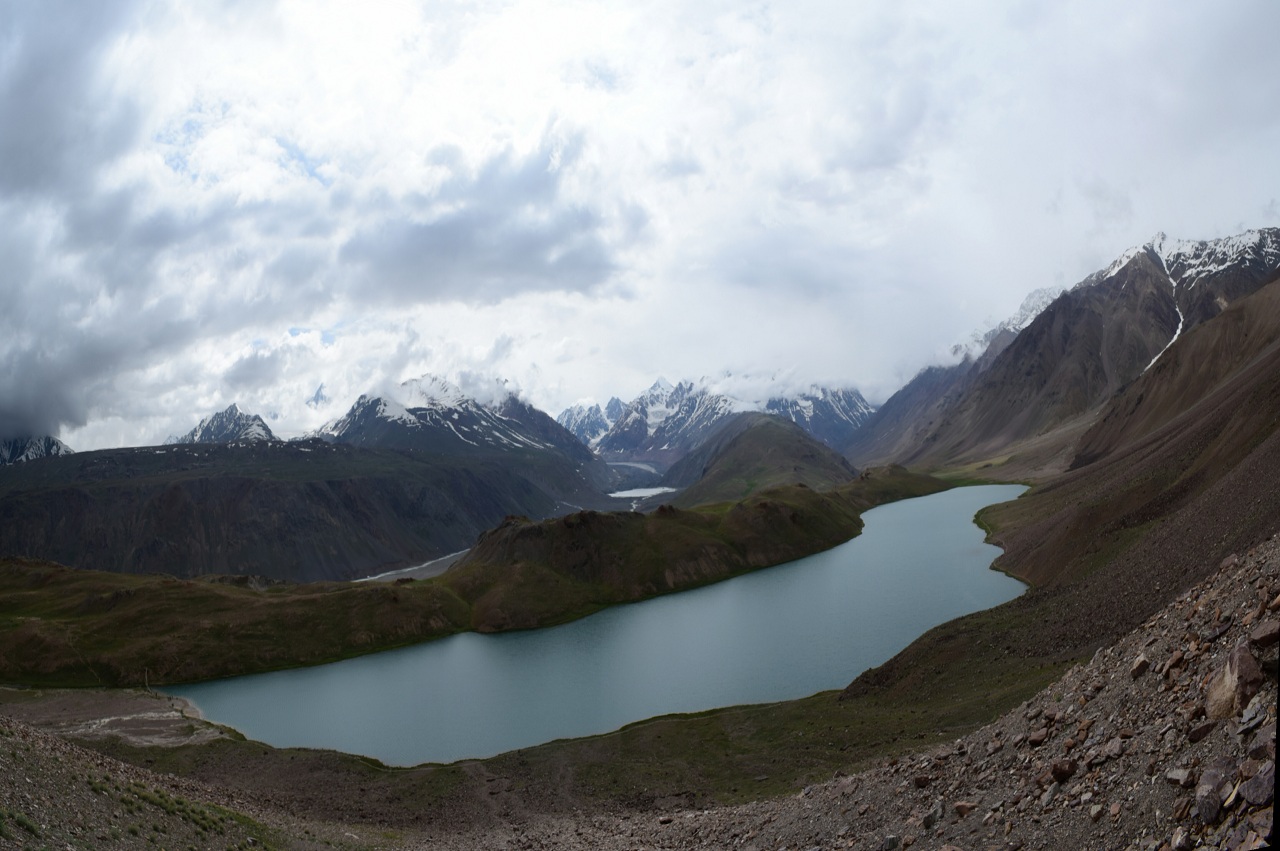
Artistic expression in Chandratal flourishes through various mediums, reflecting the region's diverse cultural influences. The ancient art of thangka painting continues to thrive, with local artists creating intricate depictions of Buddhist deities using traditional techniques passed down through generations. Stone carving remains a prominent craft, with skilled artisans producing elaborately decorated prayer stones and chortens that showcase the region's distinctive Himalayan style. Music and dance performances, often accompanied by traditional instruments like the daman and karnal, demonstrate how ancient artistic traditions adapt to contemporary times while maintaining their essence.
Community life in Chandratal revolves around these cultural expressions, fostering a strong sense of shared identity. The weekly prayer gatherings at the lakeside temples bring together people from all walks of life, creating opportunities for social interaction and cultural exchange. During summer months, community bonfires known as "Chullahs" become gathering points where elders share folk tales while younger generations engage in traditional games. These informal gatherings, often accompanied by impromptu musical performances, help preserve oral traditions and strengthen community bonds.
The annual flower shows held during the summer season exemplify how the region's cultural traditions adapt to contemporary times while maintaining their essence. What began as simple displays of local flora during ancient times has evolved into major cultural events that celebrate both traditional horticultural practices and modern gardening techniques. Similarly, the Spiti Valley Festival combines traditional music and dance performances with discussions about regional environmental conservation, demonstrating how global influences are incorporated without diluting local artistic integrity.
Education and healthcare institutions in Chandratal also play a significant role in cultural preservation and innovation. Mobile schools established during the summer months continue to promote both traditional values and modern thinking, while new educational initiatives focus on documenting and revitalizing endangered Spitian languages and art forms. Medical facilities incorporate traditional Ayurvedic treatments alongside modern medicine, reflecting the region's approach to balancing heritage with progress in all aspects of life. The presence of ancient temples and meditation centers serves as cultural anchors, preserving ancient spiritual texts and supporting ongoing research into Himalayan spiritual traditions.
Economic Landscape: Commerce and Livelihood Around Chandratal Lake
Chandratal Lake's economy thrives on a dynamic interplay between tourism, traditional pastoralism, and artisanal crafts, each sector contributing uniquely to the region's economic vitality while presenting distinct challenges and opportunities. Tourism stands as the primary economic driver, accounting for nearly 65% of the local revenue generation during the short summer season. The influx of visitors, particularly during peak months (June to September), sustains a network of tented camps and homestays operated by local families. These accommodations range from basic tents to premium luxury camps that maintain environmental sustainability standards. The hospitality sector employs approximately 40% of the local workforce, with many residents involved in guiding services, transportation, and cultural demonstrations that provide visitors with authentic Himalayan experiences.
Pastoralism forms the second pillar of Chandratal's economy, with yak herding and sheep rearing emerging as significant contributors to local livelihoods. The Changpa and Gaddi communities utilize traditional transhumance practices, migrating between seasonal pastures that surround the lake. However, climate change poses increasing challenges to this sector, with unpredictable weather patterns affecting grazing patterns and animal health. To mitigate these risks, many herders have diversified into dairy products and wool processing, creating value-added products that command better prices in domestic markets while being more resilient to changing climate conditions.
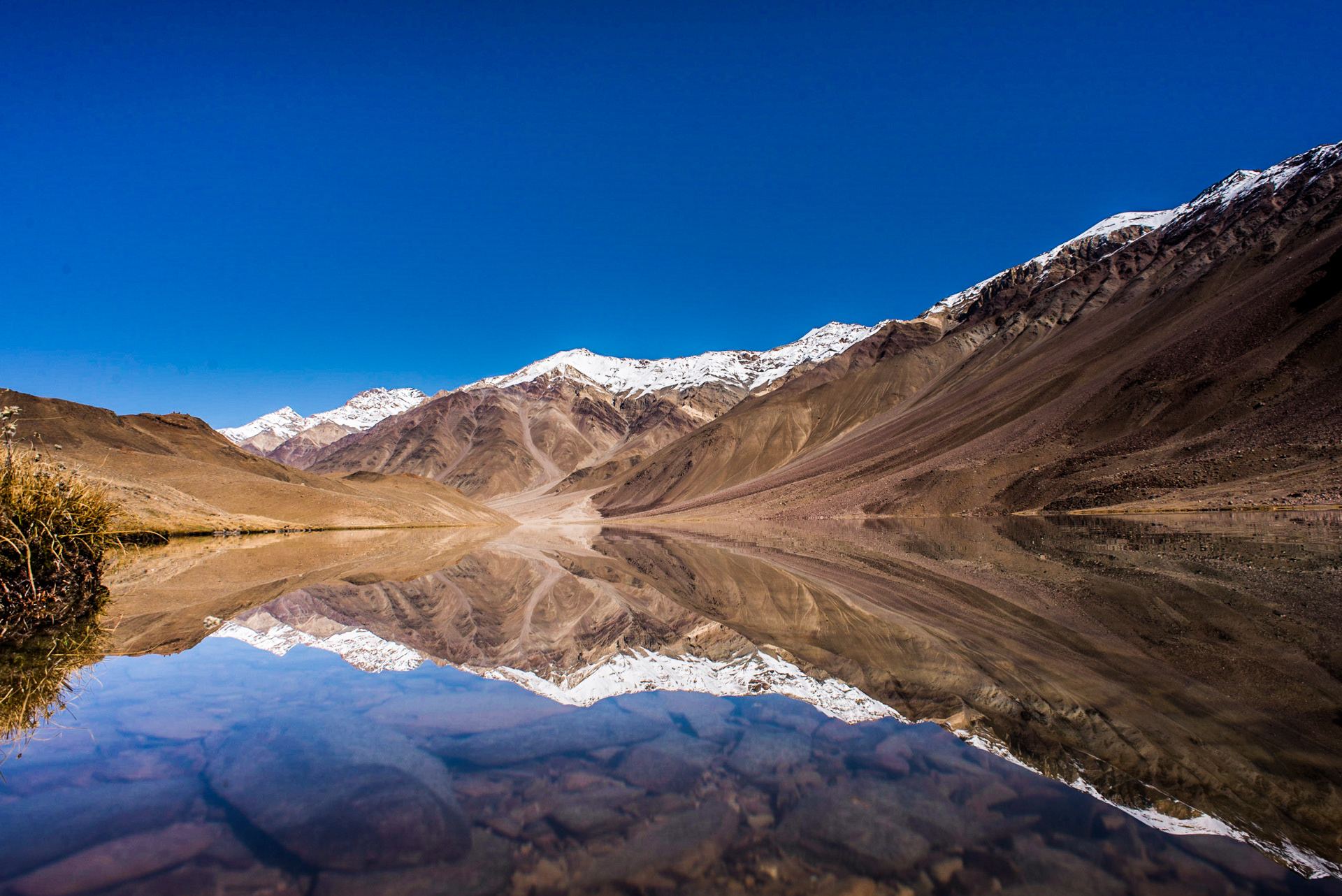
The handicrafts and cottage industry sector provides sustainable livelihood opportunities while preserving traditional skills. The famous Spitian woolen shawls, intricately patterned with geometric designs, and handcrafted silver jewelry find ready markets both locally and internationally. Organizations like the Central Cottage Industries Emporium and local cooperative societies support these craftspeople by providing marketing platforms and design assistance. However, competition from mass-produced goods and changing consumer preferences necessitate continuous innovation in product design and marketing strategies. The government's initiatives to promote e-commerce platforms for traditional crafts have helped artisans reach wider markets while maintaining their connection to age-old techniques.
Service sectors, particularly retail and transportation, experience significant seasonal variation aligned with tourist flow patterns. The organized retail sector at base camps like Batal caters primarily to tourists, while local markets in surrounding villages serve the needs of permanent residents. Transportation services, including private taxis and government-operated buses, face challenges in balancing service provision for tourists and local commuters, especially during peak tourist seasons when demand outstrips available capacity. The introduction of electric vehicles and improved road connectivity has addressed some of these challenges while raising new concerns about environmental impact and infrastructure sustainability.
Employment opportunities in Chandratal demonstrate a clear dichotomy between seasonal and year-round positions. While tourism-related jobs peak during summer months, sectors like animal husbandry, education, and government services provide stable year-round employment. The presence of research institutions and various government offices creates a steady demand for skilled professionals. However, the seasonal nature of many jobs affects income stability for a significant portion of the workforce, leading some residents to pursue multiple income streams throughout the year. Government schemes supporting skill development and entrepreneurship have helped diversify employment options, particularly for women and youth.
Government policies play a crucial role in shaping Chandratal's economic landscape. Initiatives promoting organic farming, supporting craft development, and encouraging sustainable tourism have yielded positive results. The Smart Village Mission implementation aims to enhance rural infrastructure while preserving the region's fragile ecosystem. However, challenges persist in areas such as waste management, traffic congestion, and maintaining environmental sustainability amidst growing tourism pressures. Balancing economic growth with environmental conservation remains a critical concern as Chandratal navigates its path toward becoming a modern tourist destination while retaining its traditional charm. The region's success in developing a circular economy model, where agricultural waste becomes raw material for craft production and biofuel generation, demonstrates innovative approaches to sustainable development that could serve as a model for other high-altitude regions.
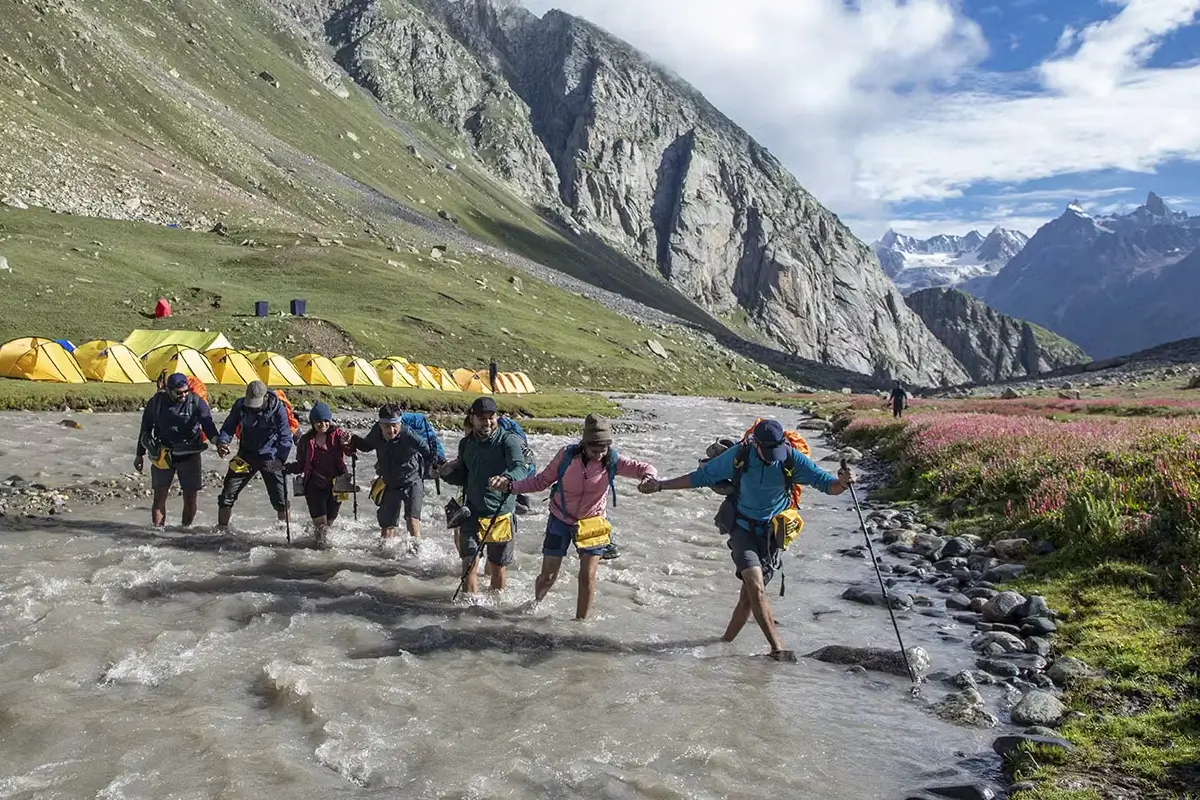
Tourism Highlights: Discovering Chandratal's Treasures
Chandratal Lake's magnetic appeal for travelers stems from its remarkable array of attractions that cater to diverse interests, from spiritual exploration to adventure seekers. At the heart of the experience lies the lake itself, whose crescent shape and crystal-clear waters create mesmerizing reflections of the surrounding peaks. The best vantage point for capturing these reflections is from the northeastern shore, where morning sunlight casts a golden glow across the water's surface, creating perfect conditions for photography. Nearby, the ancient prayer flags fluttering in the breeze add a spiritual dimension to the already mystical atmosphere, inviting visitors to pause and reflect.
Nature enthusiasts find ample opportunities for exploration in Chandratal's numerous ecological zones. The alpine meadows surrounding the lake house rare species of Himalayan flora and fauna, including the elusive snow leopard and Himalayan blue sheep. Guided eco-tours educate visitors about local biodiversity while following strict environmental protocols to minimize human impact. The nearby Baralacha La Pass presents opportunities for exploration of pristine wilderness areas and traditional settlements that maintain age-old pastoral practices. For more structured botanical experiences, the designated nature trails showcase native plant species arranged in thematic sections, creating a serene environment for contemplation and photography.
Adventure seekers discover numerous opportunities to challenge themselves against Chandratal's dramatic backdrop. Trekking routes range from gentle walks around the lake perimeter to challenging hikes up to Kunzum Pass, culminating at one of Himachal Pradesh's most spectacular viewpoints. Winter sports enthusiasts flock to nearby glaciers, where ski slopes and sledding tracks transform the landscape into a winter wonderland. Paragliding operations from locations like Suraj Tal offer breathtaking aerial views of the lake and surrounding mountains, while rock climbing facilities at various sites attract climbing enthusiasts of all skill levels.
Cultural immersion awaits visitors at several significant sites throughout Chandratal's basin. The ancient Gurudwara complex, featuring intricately carved wooden structures, offers guided tours through its historic halls and extensive gardens, providing insight into colonial-era governance and lifestyle. The State Museum at Losar showcases exquisite Pahari miniature paintings and ancient coins, while the Gaiety Heritage Cultural Complex hosts regular performances of traditional music and dance. For those interested in religious architecture, the various local temples and chortens present striking examples of Himalayan temple construction and spiritual significance.
Shopping experiences around Chandratal reflect the region's unique cultural fusion. The Batal Market presents a sophisticated selection of boutiques offering imported goods and designer clothing, while nearby markets specialize in handcrafted wooden souvenirs and traditional artifacts. Visitors searching for authentic local products find satisfaction in the bustling local markets, where stalls overflow with freshly harvested herbs, homemade jams, and intricately woven shawls. The weekly markets provide opportunities to interact directly with local producers and witness traditional trading practices firsthand.
Seasonal attractions add additional dimensions to Chandratal's tourism offerings. During winter months, the frozen lake surface transforms into a natural skating rink, drawing enthusiasts from across the state. Springtime transforms the landscape with blooming rhododendrons and wildflowers, creating ideal conditions for nature walks and photography expeditions. The annual Summer Festival and Autumn Festival feature cultural programs, food stalls, and craft exhibitions that celebrate Chandratal's diverse heritage while providing entertainment for visitors of all ages.
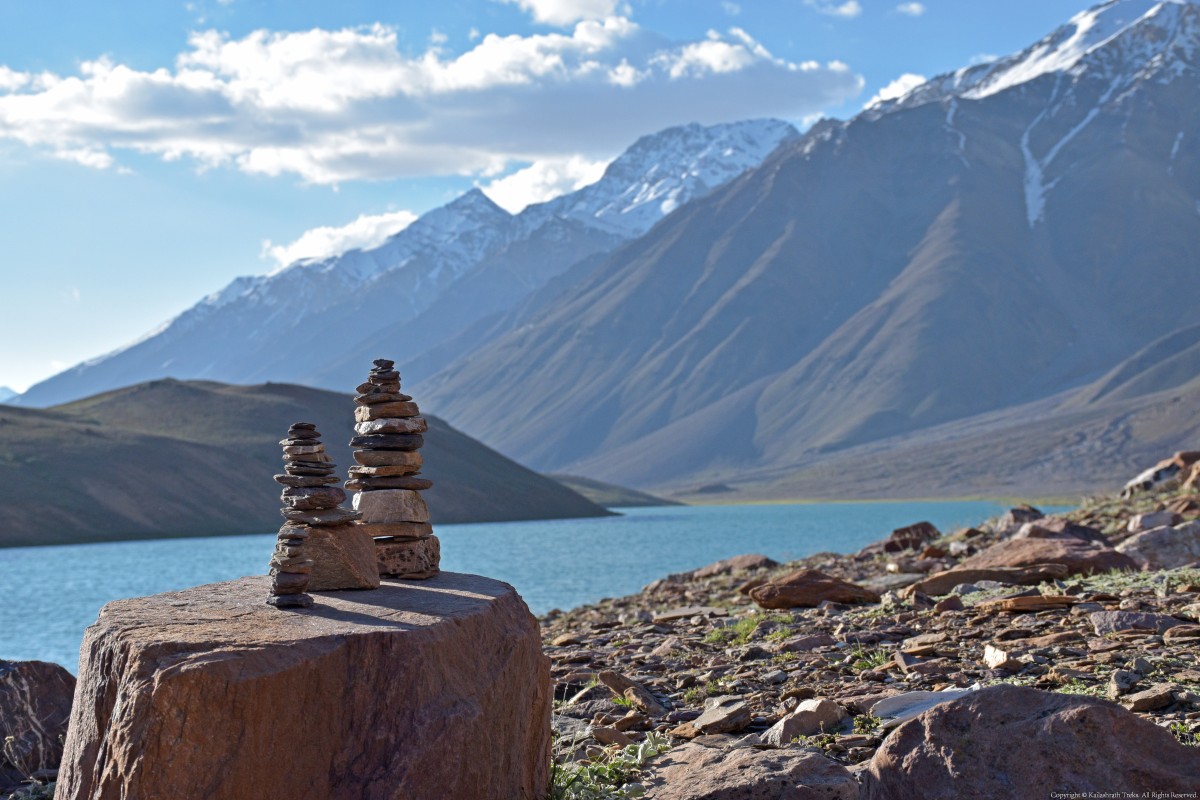
Infrastructure Development: Progress Amidst Preservation
Chandratal Lake's infrastructure development journey reflects a delicate balancing act between modernization imperatives and environmental conservation requirements. The region's transportation network, spearheaded by the historic Manali-Leh Highway extension, has undergone significant enhancements while maintaining strict environmental guidelines. Recent upgrades to road surfaces and safety features have improved accessibility without compromising the fragile ecosystem. The introduction of electric buses and battery-operated vehicles within the lake basin addresses environmental concerns while reducing traffic congestion on the winding roads originally designed for limited vehicular traffic.
Urban infrastructure projects in Chandratal navigate complex challenges posed by the region's unique topography and environmental constraints. The Smart Campsite Initiative focuses on creating intelligent waste management systems, including real-time monitoring of garbage collection and recycling solutions, without disrupting the natural aesthetic of key areas like the lakeside perimeter. Underground cabling projects have successfully eliminated unsightly overhead wires in camp zones, while retaining eco-friendly lighting fixtures. Water supply systems have been modernized through the installation of automated monitoring equipment in natural reservoirs, ensuring efficient resource management while preserving natural water sources.
Connectivity improvements extend beyond physical infrastructure to include digital transformation initiatives. Free Wi-Fi zones established at prominent tourist spots and public spaces enhance visitor experiences while supporting local businesses. The implementation of smart parking solutions and mobile applications for campsite reservations demonstrates how technology integration can improve functionality without disrupting traditional ways of life. However, these developments require careful calibration to accommodate the limited space available in the ecologically sensitive area.
Environmental sustainability remains a paramount consideration in Chandratal's infrastructure development strategy. The region's waste management system incorporates modern recycling facilities while maintaining traditional composting methods practiced by local communities. Solar power installations on government buildings and campsites adhere to strict aesthetic guidelines that prevent visual pollution in natural areas. Stormwater drainage systems have been upgraded using eco-friendly materials that blend with the natural surroundings, addressing both practical needs and environmental concerns.
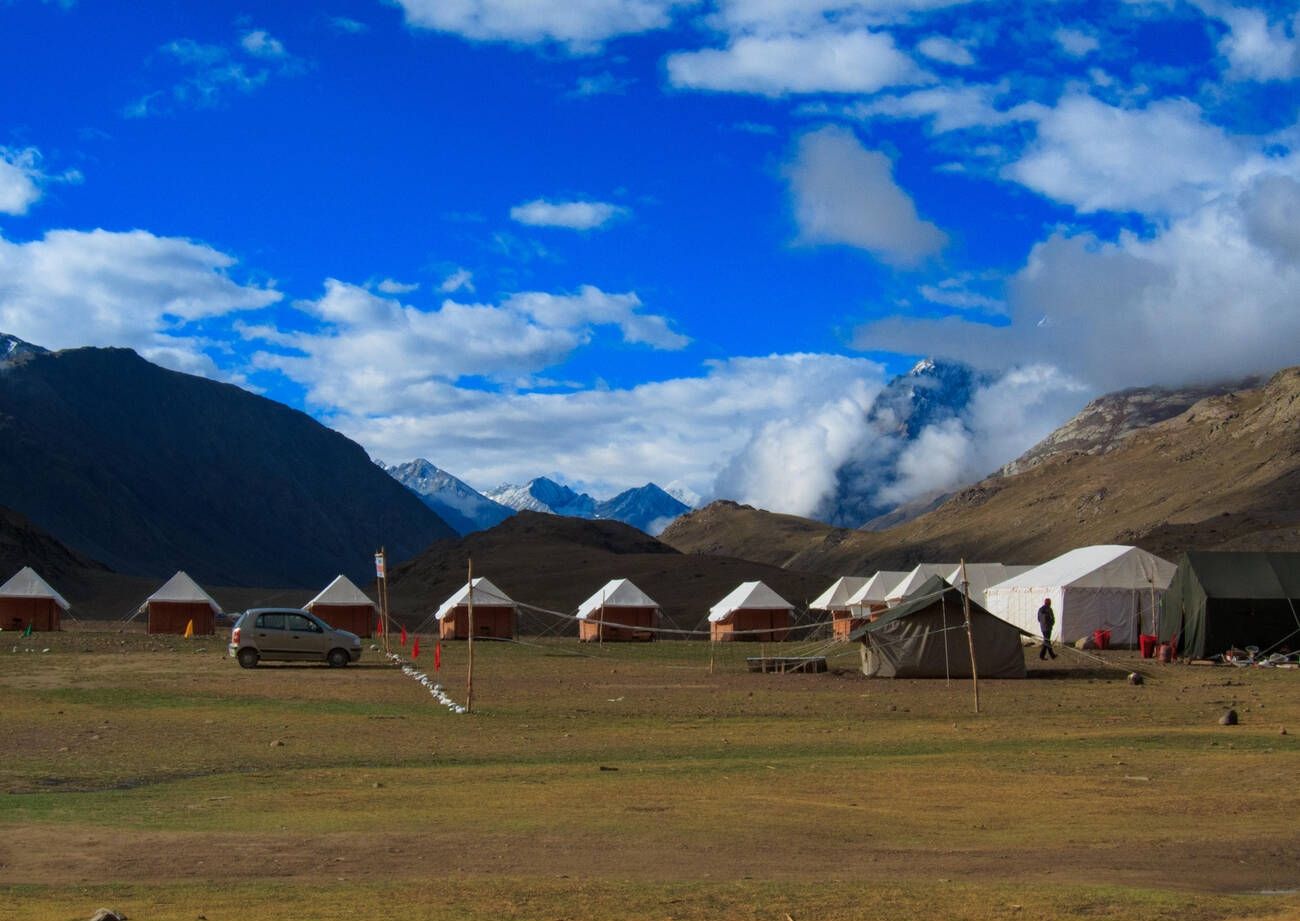
Transportation infrastructure faces particular scrutiny due to its impact on both environmental preservation and visitor safety. The recent introduction of ropeway systems connecting key tourist spots reduces vehicular traffic while offering alternative views of the region's natural beauty. Road widening projects implement innovative engineering solutions that minimize cutting into hillsides, preserving both natural vegetation and geological formations. Pedestrian pathways have been enhanced with tactile paving and improved lighting, making them accessible to all while maintaining their original natural character.
The integration of modern amenities in campsite areas presents unique challenges that require creative solutions. Temporary accommodation units incorporate contemporary facilities such as solar-powered heating systems and waste treatment plants through discreet architectural interventions. Healthcare facilities in remote locations utilize advanced medical equipment while respecting original environmental conditions. These adaptations demonstrate how thoughtful design can successfully merge modern requirements with environmental preservation, ensuring that Chandratal's infrastructure continues to serve contemporary needs without compromising its invaluable natural assets.
Societal Dynamics: Life in Chandratal's Mountain Embrace
The daily rhythm of life around Chandratal Lake unfolds against a backdrop of stunning natural beauty, where the convergence of tradition and modernity shapes a unique social fabric. Morning begins with the melodious call of Himalayan birds echoing through alpine meadows as residents make their way to work, many still preferring the traditional practice of walking along ancient paths that weave through the hills. The region's education system, comprising mobile schools and specialized training centers, fosters an academic environment where students from nomadic communities engage in intellectual pursuits while adapting to the challenges of a transient mountain lifestyle.
Community engagement in Chandratal manifests through various formal and informal channels, reflecting the region's strong social cohesion. Residents actively participate in neighborhood committees that address local issues ranging from waste management to festival celebrations. The concept of "mohalla meetings" continues to thrive, where community members gather regularly to discuss matters of mutual concern while strengthening social bonds. Modern communication platforms complement these traditional gatherings, enabling efficient coordination for everything from emergency response to cultural events.
Social welfare initiatives in Chandratal demonstrate impressive success rates, particularly in areas of healthcare and women's empowerment. The state government's universal health insurance scheme has achieved near-complete penetration in remote areas, supported by well-equipped mobile clinics and telemedicine facilities that integrate traditional Ayurvedic treatments with modern medical care. Women's self-help groups have flourished, with many transitioning from traditional crafts to digital entrepreneurship, leveraging online platforms to market their products globally while maintaining cultural authenticity.
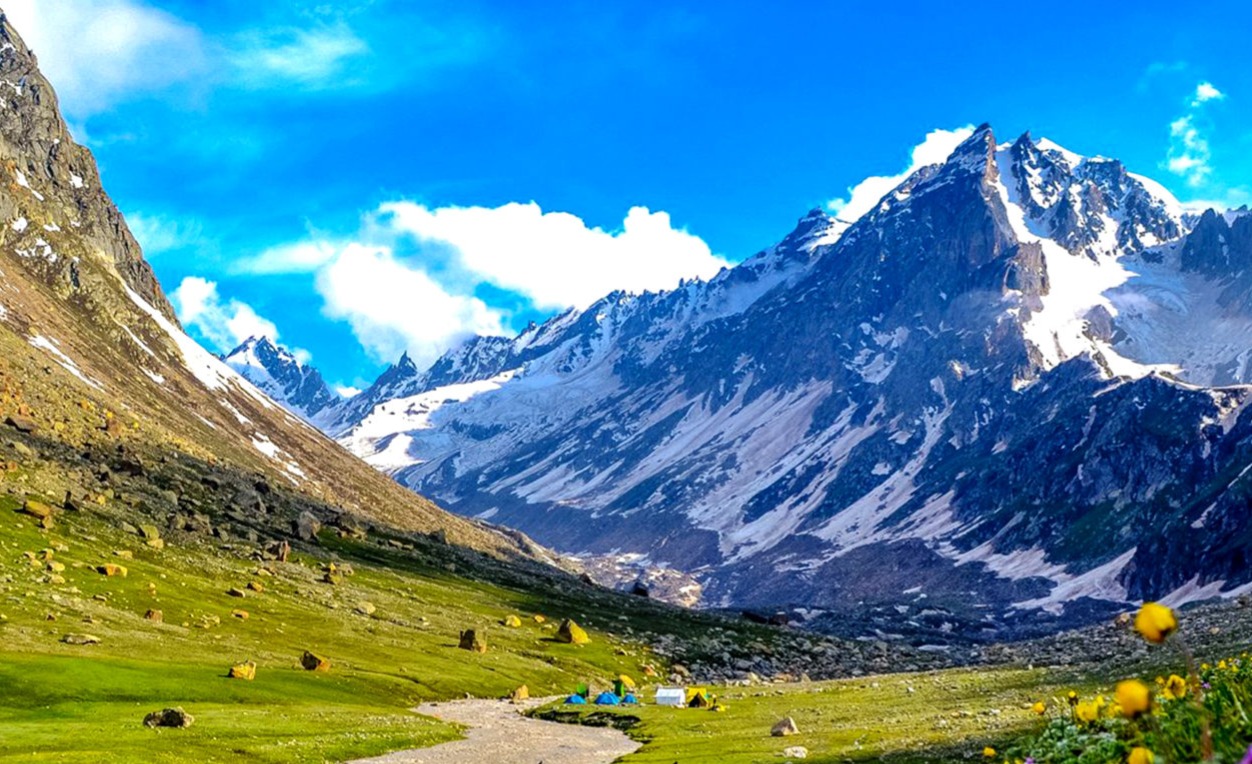
Quality of life in Chandratal benefits significantly from the region's natural environment and relatively low crime rates. The abundance of open spaces, including protected alpine meadows and maintained camping grounds, provides ample opportunity for outdoor recreation and relaxation. Air quality remains notably better than in most Indian cities, contributing to the residents' overall well-being. However, seasonal migration patterns affect certain aspects of mountain life, with population fluctuations impacting service delivery and commercial activity throughout the year.
Modern conveniences have been thoughtfully integrated into daily life without disrupting traditional practices. Smart village initiatives have introduced digital payment systems in local markets while preserving the personal touch of traditional commerce. Many households combine modern appliances with traditional cooking methods, using solar panels alongside wood-fired stoves for specific recipes. This harmonious blend of old and new extends to entertainment preferences, where families might enjoy satellite television in the evening after attending a traditional folk performance at a local campsite.
Educational attainment levels in Chandratal show promising trends, with literacy rates exceeding 85% and increasing numbers of students pursuing higher education through distance learning programs. The presence of research institutions and government offices creates diverse employment opportunities beyond the tourism sector. Professional networks in fields such as environmental science, cultural preservation, and adventure tourism attract young professionals, contributing to a dynamic workforce that bridges generational gaps while maintaining respect for traditional knowledge systems.
The region's social structure accommodates various religious and cultural communities, each contributing to the rich tapestry of Chandratal's identity. Interfaith dialogues and cultural exchange programs occur regularly, facilitated by community centers and educational institutions. These interactions foster mutual understanding while preserving distinct cultural identities, resulting in a society that respects individual traditions while celebrating collective heritage. The successful integration of modern amenities with traditional values demonstrates how Chandratal maintains its unique character while embracing progress, creating a model for sustainable mountain living in ecologically sensitive regions.
Future Prospects: Vision for Chandratal's Sustainable Evolution
As Chandratal looks toward its future development, policymakers face the critical task of implementing comprehensive strategies that balance growth with environmental stewardship. The recently approved Chandratal Conservation Plan 2041 outlines ambitious goals for sustainable development, emphasizing vertical expansion of existing facilities over horizontal sprawl to preserve the lake's precious watershed. Innovative zoning regulations propose mixed-use developments that integrate residential, commercial, and recreational spaces, reducing the need for extensive commuting and minimizing environmental impact. These measures aim to accommodate projected visitor growth while maintaining the region's essential character and ecological balance.
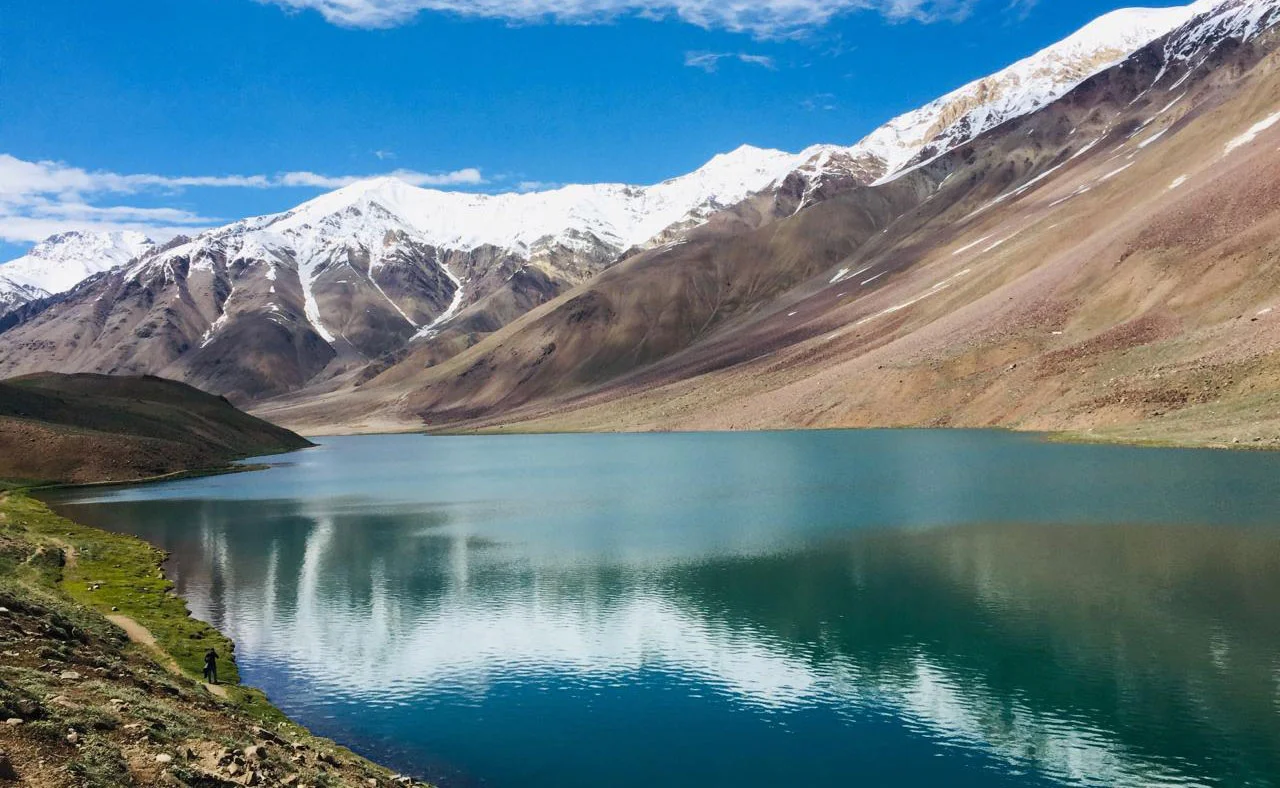
Technological integration emerges as a cornerstone of Chandratal's future plans, with smart conservation initiatives expanding beyond basic infrastructure improvements. The proposed Internet of Things (IoT) network will monitor environmental parameters in real-time, enabling proactive responses to issues such as glacial melting and water scarcity. Advanced traffic management systems utilizing artificial intelligence will optimize vehicle movement through the region's narrow passes, while smart grid technology promises to revolutionize energy distribution and consumption patterns. These technological advancements will be implemented with sensitivity to natural aesthetics, ensuring that modern equipment blends seamlessly with the pristine environment.
Environmental conservation takes center stage in Chandratal's long-term vision, with ambitious targets set for carbon neutrality by 2045. Large-scale reforestation projects aim to increase green cover in surrounding valleys by 20% within the next decade, while innovative waste management solutions incorporate biogas plants and advanced recycling facilities. The region's renewable energy portfolio will expand through solar panel installations on government buildings and residential complexes, supported by incentives for rooftop solar adoption. Special attention will be paid to preserving water resources through rainwater harvesting systems and aquifer recharge projects, crucial for maintaining the lake's delicate hydrological balance.
Cultural preservation initiatives are being strengthened through digital documentation and virtual reality experiences that capture Chandratal's rich heritage for future generations. The establishment of a Heritage Conservation Fund will support restoration projects while promoting adaptive reuse of historical sites for contemporary purposes. New museums and cultural centers are planned to showcase both traditional and contemporary art forms, creating spaces where innovation can flourish alongside preservation. Educational programs focusing on cultural awareness will be integrated into school curricula, ensuring that young residents develop a deep appreciation for their region's unique identity.
Economic diversification strategies aim to reduce dependency on seasonal tourism by promoting year-round activities and developing new sectors. The creation of a technology hub in nearby valleys will attract IT companies seeking cooler climates for data centers, while specialized medical facilities will position Chandratal as a health tourism destination. Agro-processing units will add value to local produce, particularly medicinal herbs and wool products, creating sustainable livelihood opportunities for mountain communities. Skill development programs will prepare the workforce for emerging sectors while preserving traditional crafts through modern apprenticeship models.
Urban mobility solutions are being reimagined to address current challenges while preparing for future growth. The expansion of electric vehicle infrastructure, including charging stations and dedicated lanes, will support the transition to cleaner transportation modes. Enhanced public transport options, including expanded ropeway networks and efficient bus services, will reduce traffic congestion while improving connectivity. Pedestrian-friendly infrastructure will be prioritized, with elevated walkways and sky bridges connecting key areas while preserving the integrity of natural zones.
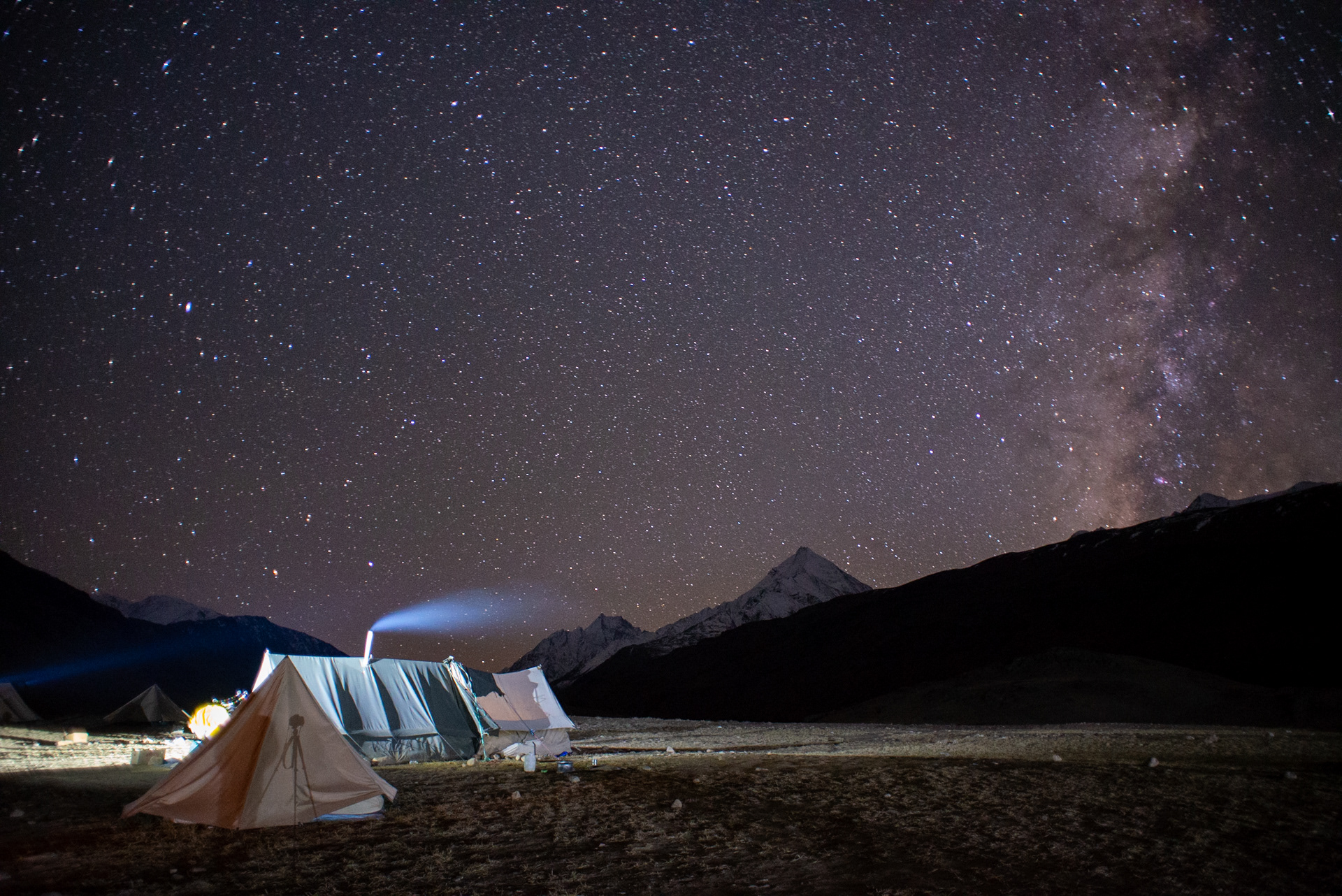
Climate resilience becomes increasingly crucial in Chandratal's development agenda, with adaptation strategies tailored to mountain-specific challenges. Early warning systems for extreme weather events will be strengthened through collaboration with meteorological agencies, while disaster management protocols will incorporate community-based approaches. Building codes will be updated to account for seismic activity and changing precipitation patterns, ensuring that new developments can withstand environmental stresses. These measures will be implemented through participatory processes that engage local communities in decision-making, leveraging traditional knowledge alongside scientific expertise.
Frequenlty Asked Questions About Chandrataal lake
How to reach Chandratal Lake?
Chandratal Lake can be reached via road from Manali through the Atal Tunnel and Batal. The last stretch from Batal to Chandratal requires a short trek or a ride on a high-clearance vehicle.
What is the best time to visit Chandratal Lake?
The best time to visit Chandratal Lake is from June to September when the roads are open, and the weather is pleasant. The lake remains frozen and inaccessible during winter.
Is Chandratal Lake accessible by car?
No, the lake is not directly accessible by car. Visitors have to park their vehicles about 2 km away and walk to the lake. The road from Batal is rough and only suitable for experienced drivers.
Does Chandratal Lake freeze in winter?
Yes, Chandratal Lake completely freezes in winter, from late October to May, making it inaccessible due to heavy snowfall in the region.
Can I camp near Chandratal Lake?
Yes, camping is allowed near Chandratal Lake, but it is restricted within a certain distance from the lake to preserve its ecology. Several campsites are available a few kilometers away.
Are there hotels or homestays near Chandratal Lake?
No, there are no hotels or homestays near the lake. The closest accommodations are in Batal and Losar. Tourists usually stay in camps set up near the lake.
How difficult is the trek to Chandratal Lake?
The trek to Chandratal from Kunzum Pass or Batal is moderate, with beautiful landscapes. The high altitude can make trekking challenging for some visitors.
What should I pack for a trip to Chandratal Lake?
Warm clothes, sturdy trekking shoes, sunscreen, sunglasses, and sufficient food and water are essential due to the high altitude and unpredictable weather.
